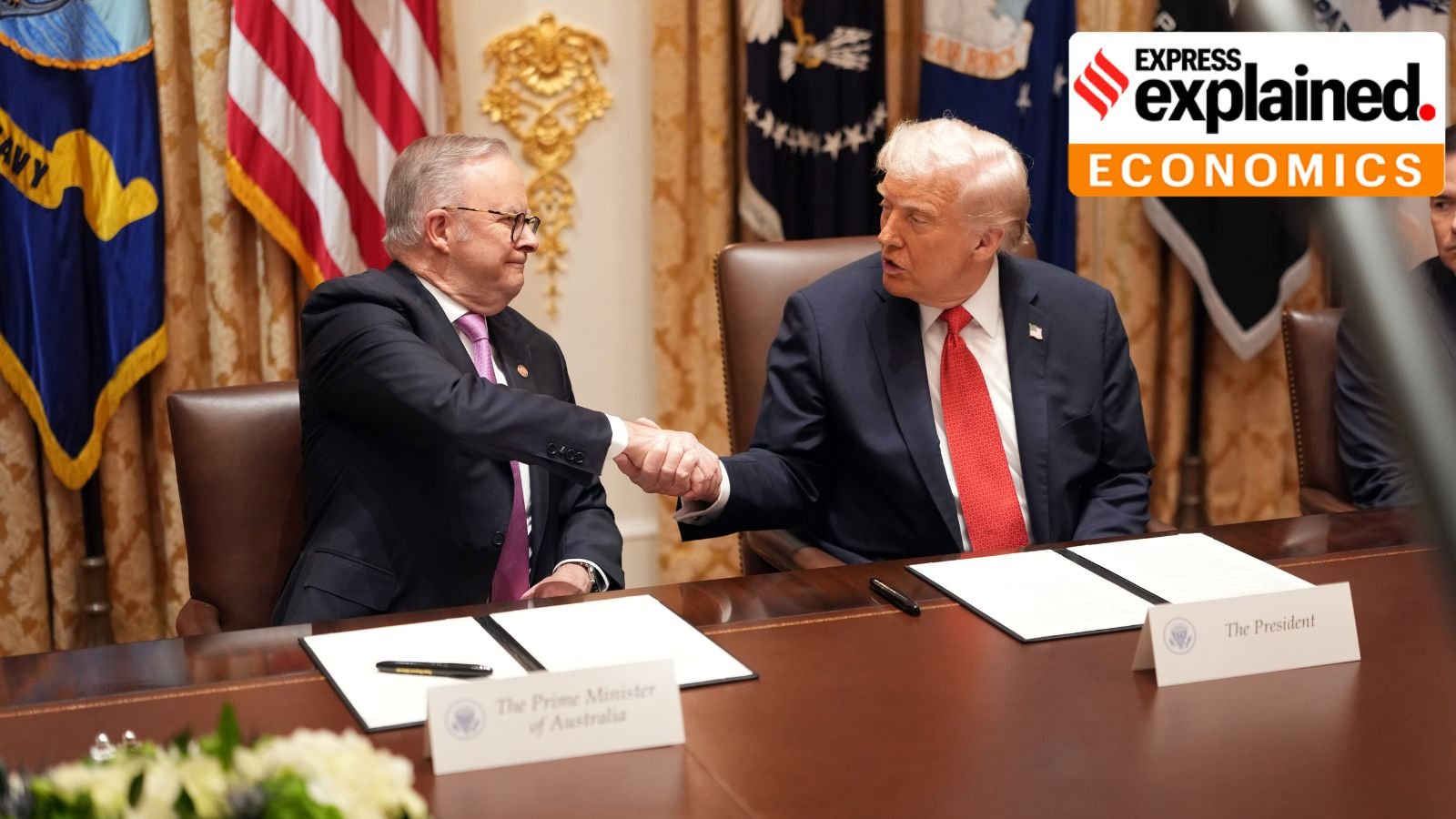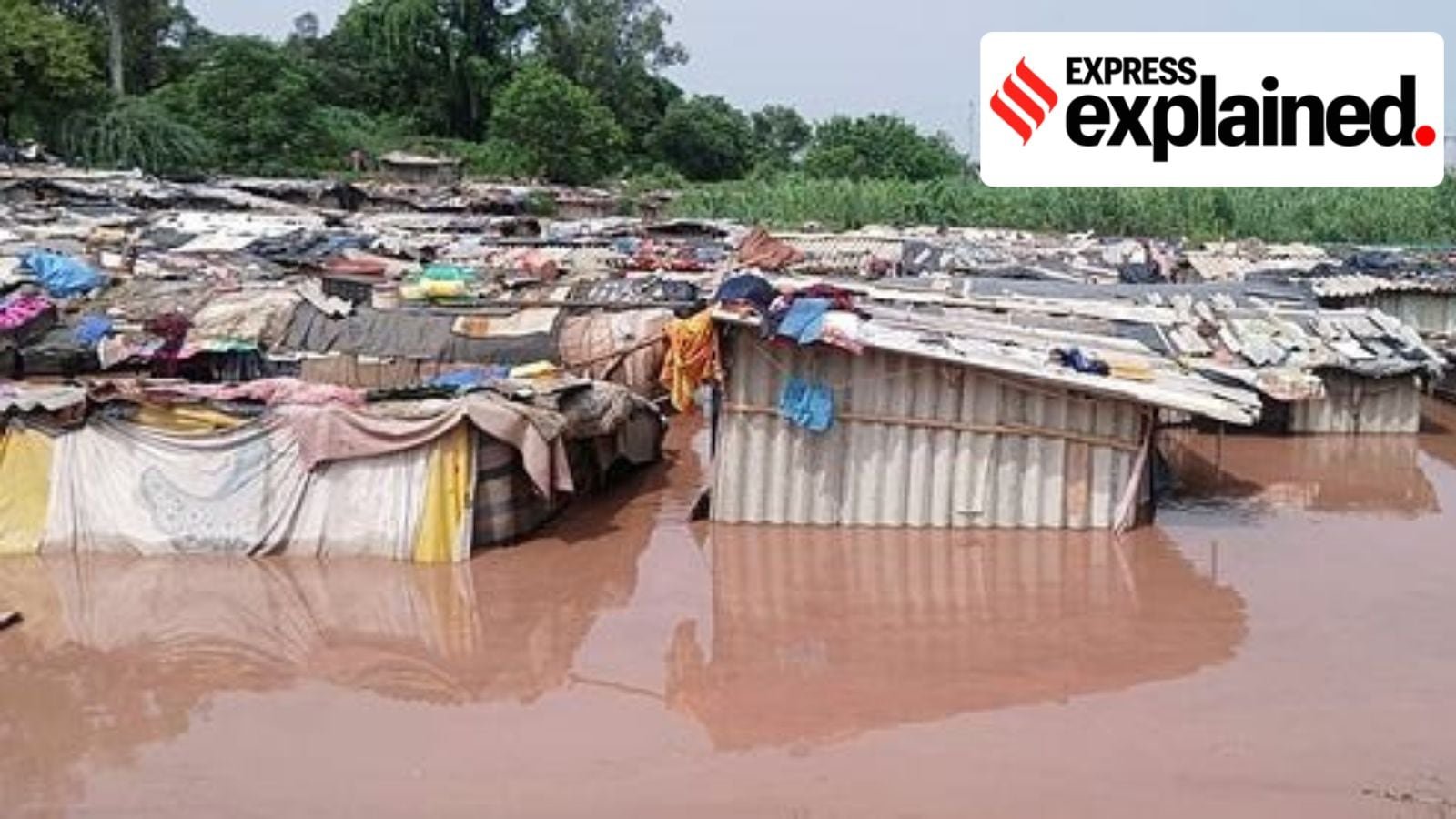US President Donald Trump signed a monumental critical minerals agreement with Australian Prime Minister Anthony Albanese on Monday (October 20), in a bid to combat China’s near-absolute monopoly on the supply chains of rare earths.
The United States and Australia have committed at least $1 billion towards an $8.5 billion pipeline of projects over the next six months in mining and processing projects, as well as setting a minimum price floor for critical minerals.
Earlier this month, Trump announced 100% tariffs on China “over and above any Tariff that they are currently paying,” effective November 1. This was in response to new Chinese restrictions on items which used 0.1% of Chinese-sourced rare earths or Chinese extraction methods, effective December 1.
Here is what to know about the new deal.
1 – What does the deal entail?
The Australian Prime Minister’s Office on Tuesday (October 21) announced financial commitments in two priority critical minerals projects as part of the $8.5 million pipeline.
The first is the Alcoa-Sojitz Gallium Recovery Project in Wagerup, Western Australia, which intends to meet 10 per cent of the global gallium supply. Gallium is a key component of defence and semiconductor manufacturing. The US has not produced any primary reserves of the metal since 1987, while China has near total dominance of its production, given that gallium is a by-product of aluminium refining.
According to the Australian PMO, Australia will invest up to US$200 million in the Alcoa project, while the US will have an ownership stake. Japan will also be a project partner, having provided 50 per cent of the project costs so far.
Australia also announced a US$100 million equity investment in the Arafura Nolans project in the Australian Northern Territory, with the project estimated to produce 5 per cent of global rare earths.
Story continues below this ad
2 – What are rare earths?
Rare earth metals, or rare earth elements (REEs), are a group of 17 chemical elements on the periodic table that share similar chemical properties and are silver-coloured in appearance.
While REEs are not as rare as their name indicates, it is unusual to find concentrated and economically mineable deposits of REEs, despite their relative abundance compared to silver, gold or platinum. And crucially, China holds unparalleled expertise in refining REEs compared to other nations.
REEs are extensively used in mobile phones, electric vehicles and other consumer electronics, as well as in bombs and other weapons, making them virtually indispensable globally.
3 – How is China placed in the REE race?
China has indisputably dominated rare earth production since the 1990s, supplying 85-95% of global demand. The Financial Times estimated that China controls about 70% of rare earth mining, 90% of separation and processing, and 93% of magnet manufacturing.
Story continues below this ad
This is the result of Chinese policy, which designated rare earths as a “protected and strategic mineral” in the 1990s. It has since leveraged this position to respond to changing global demand to its advantage. In 2010, it restricted rare earth exports to Japan over a fishing trawler dispute, and more recently to the US between 2023 and 2025. This year alone, it announced two sets of restrictions. Its first announcement came in the immediate wake of Trump’s “Liberation Day” tariff announcements, and targeted finished items, specifically magnets, which are manufactured by only a few companies currently. The result was disastrous, crippling supply chains worldwide, especially those of automakers, almost immediately. These were since relaxed following a few rounds of talks between the US and China.
On October 9, China announced new restrictions on the export of such magnets, modelled on the US foreign direct product rule. The move requires the issue of licences for products that contain even trace amounts of Chinese-sourced rare earth materials, or those that have relied on China’s extraction methods, refining or magnet-making technology. Through the move, China aims to “protect its national security and interests” and prevent the “misuse of rare earth materials in military and other sensitive sectors”.
4 – How does Australia compare with China?
Australia is a minnow in comparison: its rare earth reserves are only about one-eighth of Chinese reserves, and its actual mine production is less than one-tenth of Chinese production, according to USGS data. Monday’s deal may help cover this gap, but not close it entirely.
At the very least, the move will allow the US to diversify its supply and reduce its near-total reliance on China. An Axios analysis noted that the US has taken steps to resume its rare earths production through its investment and financial support for two mines based in California and Wyoming.
Story continues below this ad
In April, the US signed an agreement with Ukraine granting it preferential access to Ukrainian critical mineral reserves. We have explained this here.
5 – What other announcements were made on Monday?
Both the US and Australia signalled they were on track to honour the A$368 billion ($239.46 billion) AUKUS agreement signed in 2023 by then-US President Joe Biden. Under the agreement, Australia is set to buy the Virginia class of nuclear-powered submarines from the US in 2032, before the duo collaborate with the UK on a new vessel called the SSN Aukus, expected to be operational by 2040.
A Pentagon review of the Aukus deal, headed by Elbridge Colby, the under-secretary of defence for policy, flagged concerns such as the sale of submarines when American shipyards are struggling to produce enough to satisfy the US’s own demands. Trump played these down, saying there were “just minor details” pending in the agreement, and added, “there shouldn’t be any more clarifications, because we’re just – we’re just going now full steam ahead, building.”




